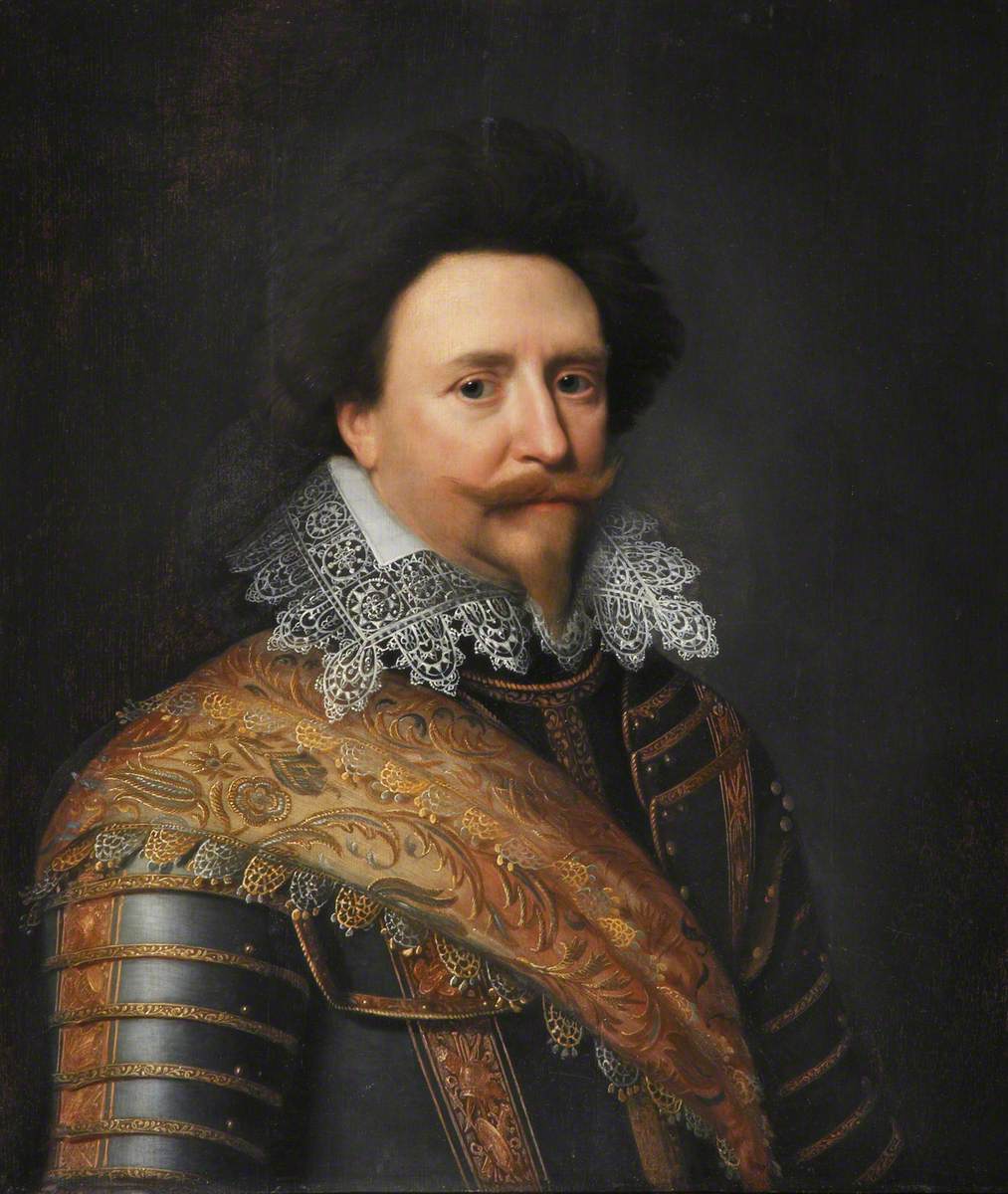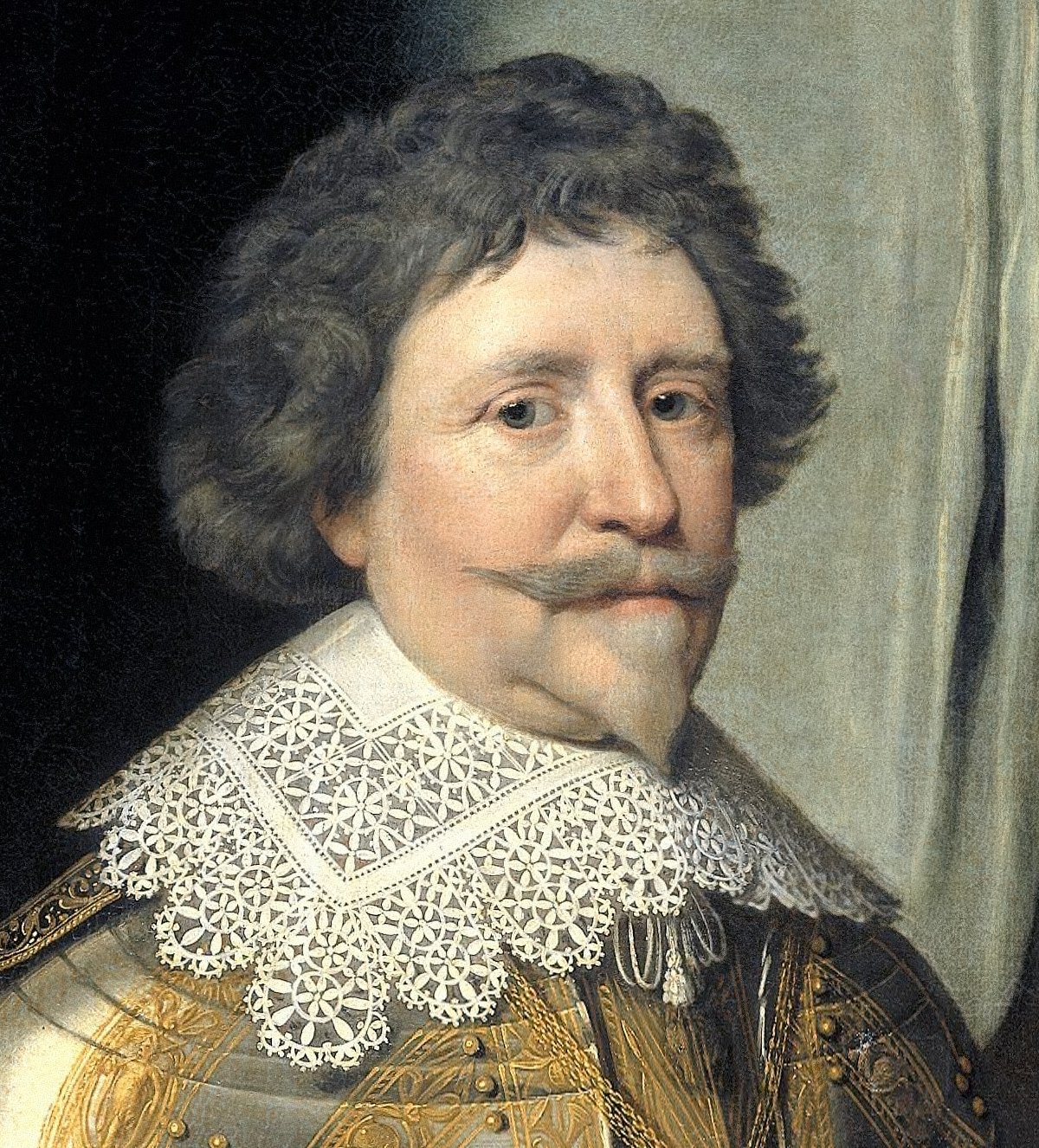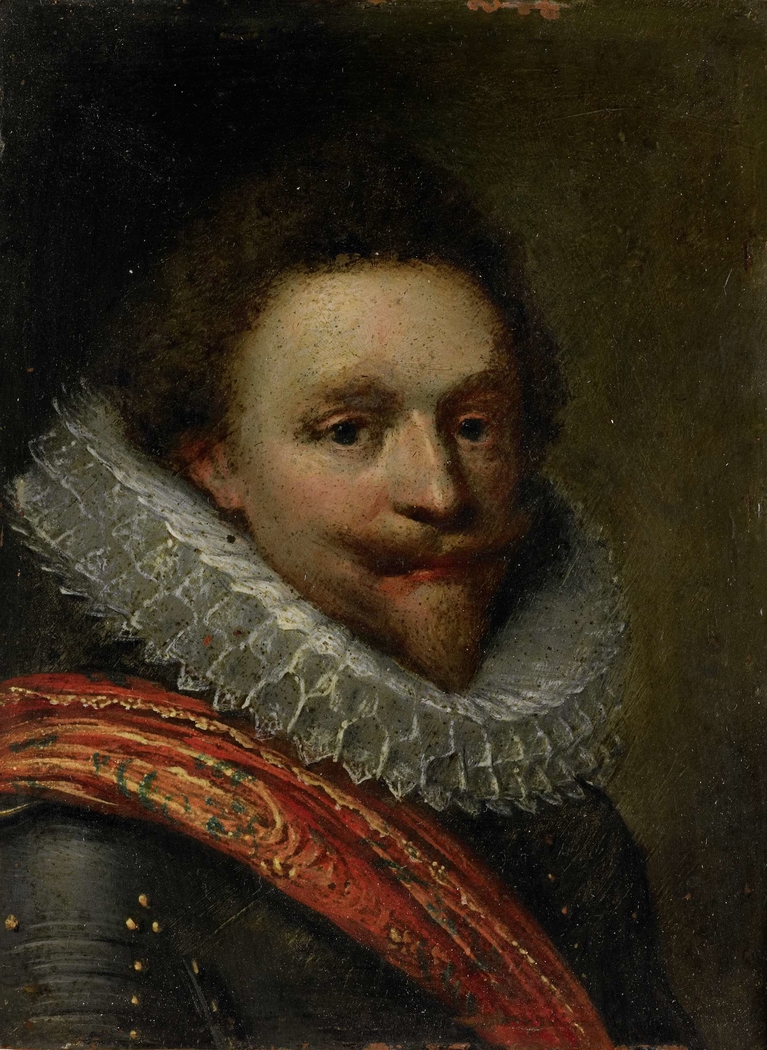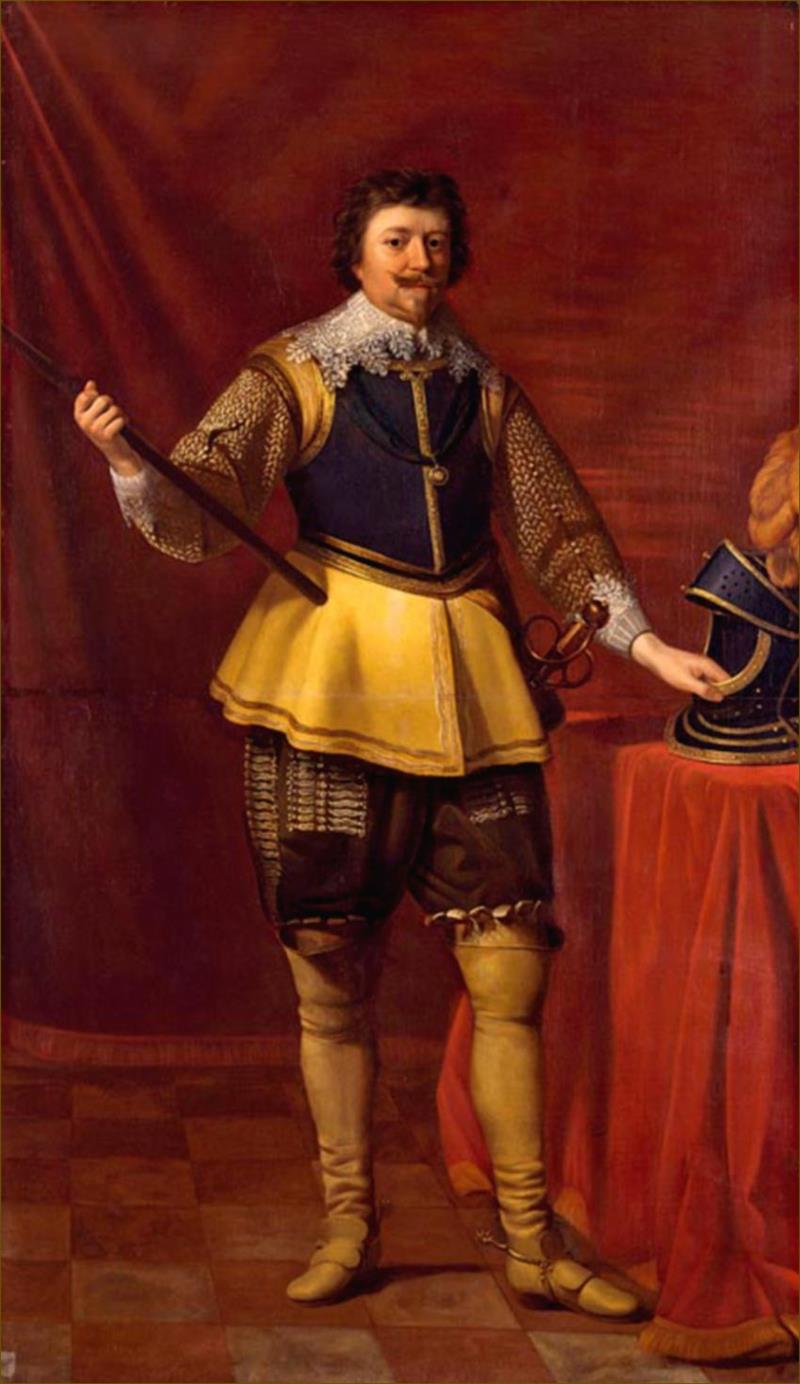
Frederick Henry prince of Orange visits the fleets in Dordrecht in
Frederick Henry, Dutch Frederik Hendrik, (born Jan. 29, 1584, Delft, Holland—died March 14, 1647, The Hague), Third hereditary stadtholder (1625-47) of the Dutch Republic. He succeeded his half brother, Maurice of Nassau, as prince of Orange and count of Nassau.

NPG D28585; Frederick Henry, Prince of Orange, Count of Nassau
Early life Engraving of William II William II, Prince of Orange, was the son of Frederick Henry, Prince of Orange, and Amalia of Solms-Braunfels. [1] Frederick Henry was the youngest son of William the Silent (stadtholder 1559-1584); his older half brother Maurits of Nassau was stadtholder (1585-1625); he was stadtholder from 1625 to 1647. [2]

Prince Frederick Henry (15841647), Prince of Orange, Stadhouder of the
The Collection of Frederick Henry of Orange and Amalia of Solms in the Hague, Waanders Publishers, Zwolle, 1997, pp. 120-121, n. 6. El final de la Guerra de Flandes 1621-1648, Fundación Carlos de Amberes, Madrid, 1998, pp. 77-78. Esplendores de Espanha de el Greco a Velazquez, Esplendores de Espanha.

Portrait of Frederick Henry, Prince of Orange, of Gerard van
Details individual; ruler; Dutch; Male Life dates 1584-1647 Biography Son of William the Silent [q.v.]; succeeded as Stadtholder of the United Provinces on the death of his half-brother, Maurice Prince of Orange, in 1625. Leader of Dutch army in war against the Spanish.

NPG D28587; Frederick Henry, Prince of Orange, Count of Nassau
Frederick Henry (Dutch: Frederik Hendrik; 29 January 1584 - 14 March 1647) was the sovereign prince of Orange and stadtholder of Holland, Zeeland, Utrecht, Guelders, Overijssel in the Dutch Republic from 1625 until his death in 1647. In the last seven years of his life, he was also the stadtholder of Groningen (1640-1647).. As the leading soldier in the Dutch wars against Spain, his main.

Portrait of Frederick Henry, Prince of Orange Museum Boijmans Van
Frederick Henry, Prince of Orange • About Frederick Henry, Prince of Orange WB.173 1627, border: 1698 • Enamelled gold • medallion This portrait medal commemorates the Order of the Garter being conferred on Frederick Henry, Prince of Orange by King Charles I of England in 1627.

Portrait of Frederick Henry, Prince of Orange posters & prints by
1632-08-22 Prince Frederick Henry, Prince of Orange occupies Maastricht. 1633-03-07 Prince Frederick Henry appoints himself viceroy of Limburg. 1633-06-02 Prince Frederick Henry conquers fort Rhine at Cologne. 1636-04-29 Prince Frederick Henry occupies Schenkenschans fortress after a nine-month siege during the Dutch Revolt.

Frederick Henry, Prince of Orange Eric Flint Wiki FANDOM powered by
Frederick Henry was the sovereign prince of Orange and stadtholder of Holland, Zeeland, Utrecht, Guelders, Overijssel in the Dutch Republic from 1625 until his death in 1647. In the last seven years of his life, he was also the stadtholder of Groningen . As the leading soldier in the Dutch wars against Spain, his main achievement was the successful Siege of 's-Hertogenbosch in 1629.

Portrait of Frederick Henry, Prince of Orange posters & prints by
Triumph of Frederick Henry, Prince of Orange is a painting by the Flemish painter Jacob Jordaens, signed and dated at the bottom left "J JOR fec / 1652". It is located in the Oranjezaal in the Huis ten Bosch in The Hague, The Netherlands. [1] History

Portrait of Frederick Henry, Prince of Orange by of Michiel
Frederick Henry (1584-1647) was Prince of Orange (1625-1647) and stadtholder of Holland, Zeeland, Utrecht, Gelderland, Overijssel (1625-1647) and Groningen (1640-1647). Portraits edit Paintings edit By Michiel Jansz. van Mierevelt. circa 1610 . After Michiel Jansz. van Mierevelt. circa 1625-1640. Workshop of Anthony van Dyck. circa 1629 .

Portrait of Frederick Henry, Prince of Orange by Jacob Lyon USEUM
FREDERICK HENRY, PRINCE OF ORANGE. On the death of Maurice (April 23, 1625), his younger brother, Frederick Henry, was hailed by men of all parties and opinions in the United Provinces as his natural successor, and the reins of power were unreservedly placed in his hands. He was now in the prime of life, having been born at Delft in 1584, and.

Frederick Henry (15841647), Prince of Orange Art UK
Fredrick Henry, Prince of Orange and stadholder of the Dutch Republic between 1625 and 1647, became an important patron of Van Dyck's after the artist's return from Italy in 1628. The history paintings he commissioned speak to his ambition to raise the artistic prestige of his court, and the portraits were the first Van Dyck made for a head of state and his family.

Triumph of Prince Frederick Henry of Orange by Jacob Jordaens, 1651 (PD
son Countess Amalia of Solms-Braunfels first cousin once removed Willem II van Nassau-Dillenburg,. son Princess Louise Henrietta, Count. Albertine Agnes of Nassau daughter daughter Princess Maria, Countess of Nassau daughter Princess of Orange-Nassau Louise. mother William the Silent father Louyse Mius D' entremont half sister

NPG D28592; Frederick Henry, Prince of Orange, Count of Nassau
Frederick Henry, prince of Orange, count of Nassau, (born Jan. 29, 1584, Delft, Holland—died March 14, 1647, The Hague), the third hereditary stadtholder (1625-47) of the United Provinces of the Netherlands, or Dutch Republic, the youngest son of William I the Silent and successor to his half-brother Maurice, prince of Orange.

Frederick Henry, Prince of Orange Bilder, Gemälde und Ölgemälde
Frederick Henry ( Dutch: Frederik Hendrik; 29 January 1584 - 14 March 1647) was the sovereign prince of Orange and stadtholder of Holland, Zeeland, Utrecht, Guelders, Overijssel in the Dutch Republic from 1625 until his death in 1647. In the last seven years of his life, he was also the stadtholder of Groningen (1640-1647).

Frederick Henry, Prince of Orange, 1584 1647 National Galleries of
Frederick Henry, 1584-1647, prince of Orange; son of William the Silent by Louise de Coligny. He became stadtholder of the United Provinces of the Netherlands upon the death (1625) of his brother Maurice of Nassau.As a minor prince heading a federation of oligarchic republics, Frederick allied himself with other minor members and the puritans in order to maintain control during the.